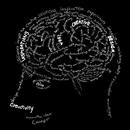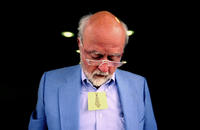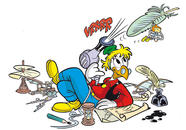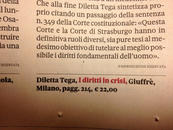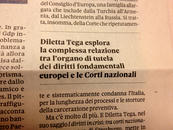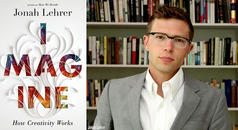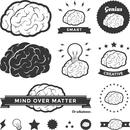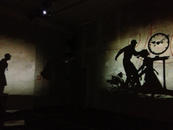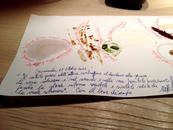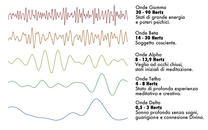There was nothing, now there is something
Imagine a friend who says he invented glue that doesn’t stick. Of course you would think it was a joke. But he explains that no, it’s not a joke, that the non-stick glue solves the problem of bookmarking the pages of the hymnal of Sunday Mass, allowing choir members to pass the hymnal book back and forth without losing their place. Your hypothetical friend, who you considered a prankster or a madman, is actually a real person. His name is Arthur Fry and he is the inventor of Post-it, the little notes with a strip of adhesive on the back that can be easily removed and used again and again. Today, Post-it is a global brand, manufactured by 3M and offers 55,000 different products, all based on Mr. Fry’s initial discovery.
What fascinates me most about this story is the moment in which, possibly at church, good Arthur formulized an idea that he had been thinking about for who knows how long, consciously or not. The decisive moment, the spark. To reflect back upon it now, it seems like a trivial idea, a trifle. However, before that moment ... it wasn’t there, or at least had not materialized, so effectively not there. The philosopher of science Matteo Motterlini led me to reflect on this moment, which involves, for better or worse, even our daily lives on the job.
Currently, we are working with a couple of startups. For us, a startup is equivalent to creating a new brand. The work is always stimulating and complex (specifically when it is still in the developmental stage and not presentable to the public). It works more or less like this: the client has a product or just a production facility (therefore without a well-defined product) and asks us to come up with a name, a logo, a corporate image and a way to communicate all this to the world. When creating the brand, we have to find something that is hopefully easily recognizable to the general public, but that was not there before, something that takes shape inside our heads.
Incidentally, the first step is always the most difficult, that of selecting the name. There are constraints and barriers that make most of the “ideal” names unusable from the start, because they are similar or identical to existing brands. Acronyms are to be discarded. Same goes for long names or those difficult to pronounce. The banal or trivial are prohibited. Every day it becomes more and more difficult to find possible names. Names like truffles in torrid and dry soil. But sometimes the spark arrives and the simple name always seems the best (and it’s a shame that someone else has almost always used it first). I am also convinced that the idea of perfect ad campaign is always the most simple or basic, perhaps with a splash of irony.
When starting a business or building a brand, you don’t simply have choices to make (signs, colors, phrases...), you must have ideas. The stories behind a new idea are different, but each creation is the same: "There was nothing, now there is something, it's like magic."These are the words, perhaps a little overstated, of Jonah Lehrer, an American neuroscientist who has studied the brain mechanisms in operation in moments such as that the one experienced by Fry in the church (and by us, at times, in our office, or more often elsewhere - as you shall see). According to Lehrer moments of revelation would work more or less like this: you come across a problem that haunts us and you analyze all possible solutions. Frustrated, after trying stubbornly (being stubborn is indispensable prerequisite) you get stuck. You can’t see the way out, you let it go. You think of something else to clear your mind. You relax with a shower, by daydreaming, walking, boxing, running, or bike-riding (sweat acts as a lubricant for the brain). And then right solution appears, simple and inexorable.
What happened? Finally your brain relaxed and the left hemisphere, which until that moment was legitimately searching for a solution in an analytical and conscientious way, quieted down. As a matter of fact, this is not the job of the left hemisphere. The stroke of genius requires the activity of the right hemisphere, and more specifically that of a small area located above the ear (people who have injured this area do not understand metaphors and jokes). This area is intensely active for a few seconds before an epiphany. It is the bulb of Archimedes that turns on and illuminates the connection between the non-stick and the bookmark that stays in place. The stroke of genius is also anticipated by Alpha waves, which are caused precisely by relaxing activities and are suppressed by caffeine, amphetamines, cocaine and other stimulants that improve concentration. In fact, being focused on details is the first stage of an idea but it is exactly what we do not need when we are trying to find new connections.
In Lehrer’s study (published in the recent essay "Imagine. How Creativity Works,") he has outlined the nature of the so-called genius idea. But, like everything in this world, it doesn’t come out of nowhere; it's just a matter of putting this together, connecting in a new way that which we had right under our noses or spinning in our heads.
I say this softly not to provoke my customers who, in times like these, might try to renegotiate the cost of building a brand with the excuse that we don’t have labor costs.
21/05/2013 Filippo Maglione


